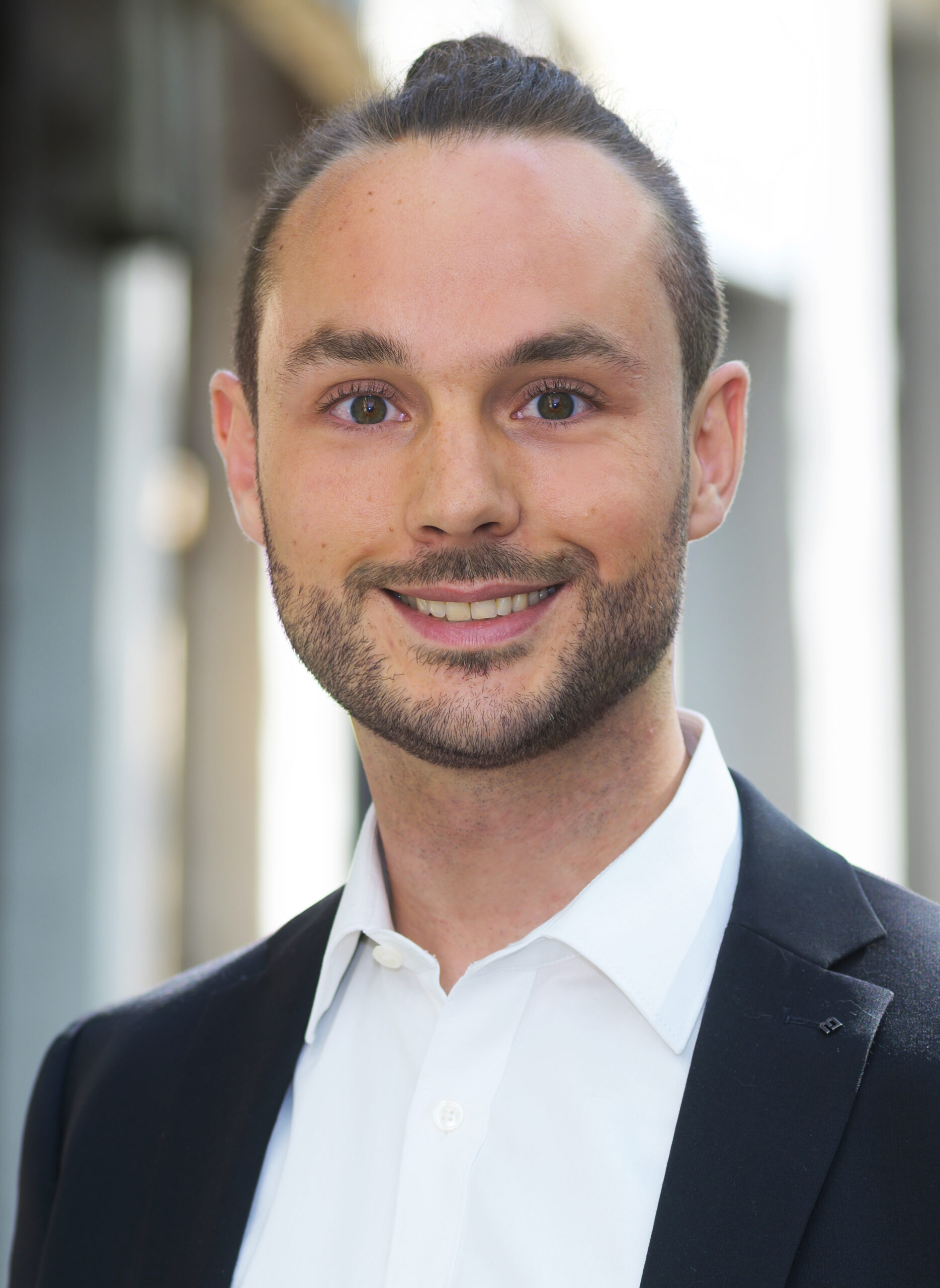Validation of Automated Ultrasound-based Registration for Navigated Scaphoid Fixation: Evaluation of registration performance regarding simulated screw placement
Publication Info
- Author
P. Brößner
B. Hohlmann
K. Radermacher - Conference
BVM - Publisher
De Gruyter - Date
2021 - Link
https://www.degruyter.com/document/doi/10.1515/cdbme-2021-1025/html - PDF „CURAC 2021“
Fractures of the scaphoid bone may be treated in a minimally-invasive fashion. Conventionally, fluoroscopy is required to guide the placement of an osteosynthesis screw. In this work, an alternative method based on volumetric ultrasound is validated.
Methods
The fully automatic and fast image processing pipeline involves two machine learning architectures for segmentation and registration. A pre-operatively acquired 3D bone model is registered to the 3D bone surface segmented from the intra-operative ultrasound. Screw positioning is planned in an automated fashion and evaluated in an in-vitro setting: Volumetric ultrasound images of a 3D-printed phantom of a human wrist are acquired for 22 different probe poses. For 220 test runs with different initial displacements, the resulting screw placement within a defined safe zone is evaluated. If the screw lies within the safe zone, its placement is assumed to be successful.
Result
An isolated analysis of the registration results in a surface distance error of the registered meshes of 0.49 ±0.01mm, with successful screw placement in all of the evaluated 220 test runs. The full pipeline, combining segmentation and registration, achieves a mean surface distance error of 0.79 ± 0.37mm, leading to successful screw placements for 149 out of 220 test runs. Poses not suited for the registration could be determined. Excluding these from the
analysis, 139 out of 160 test runs are successful.
Conclusin
The method proves to be promising when evaluating the registration alone, even given the challenging setup of sub-optimal probe positions. The experiments also demonstrate that further improvement regarding the segmentation is necessary.

An example of the scaphoid registration problem: The partial point cloud (red) recorded using ultrasound needs to be registered to the full point cloud (blue) obtained from CT.
